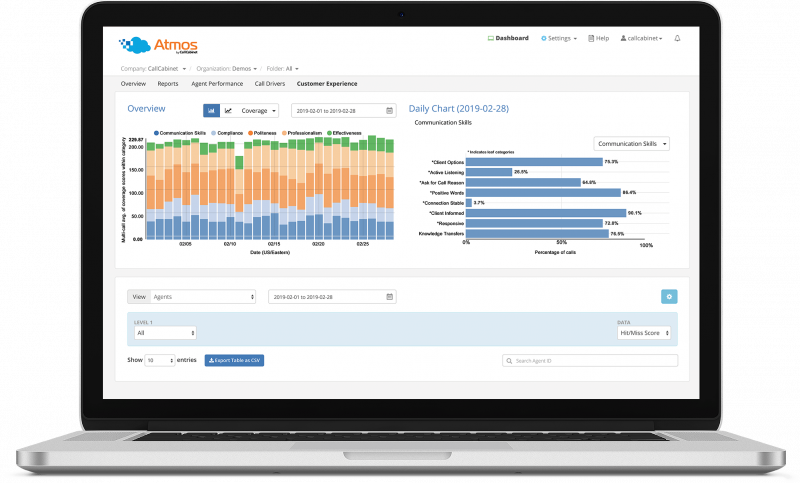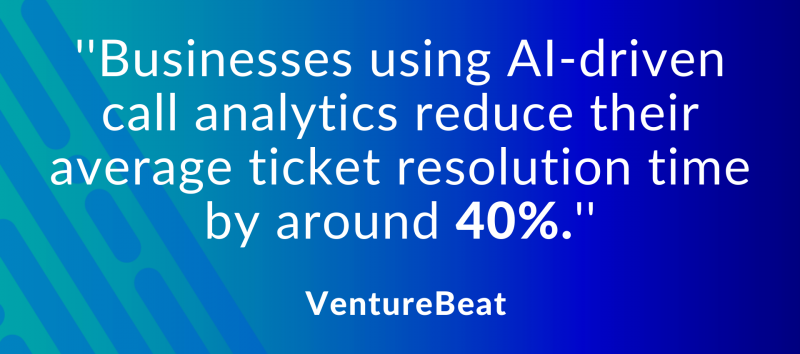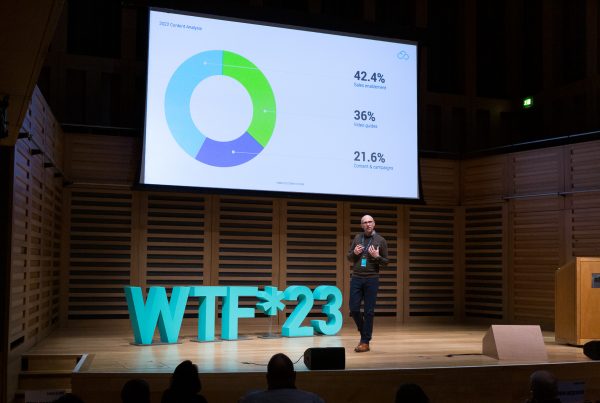The growth of Artificial Intelligence (AI) technology is something about which a great amount is written, but in terms of everyday business activities specifically, what does this mean? In this blog, we’ll look at some examples of AI-driven technology that is having a dramatic impact on how customer service teams interact with customers.
This blog will consider the obstacles that need to be overcome to deliver on these three pillars of customer service, how AI is able to help, and how this is driving change in the CCaaS space.
What does AI really mean?
Before we go any further, we should address what we mean when we talk about Artificial Intelligence. Rather than the advanced, hyper-realistic humanoids you might be picturing, for the most part, the reality is slightly more mundane.
AI is a broad and general term that refers to any type of computer software that engages in humanlike activities, such as learning, planning, and problem-solving. Most people interact with AI systems on a daily basis, with tasks as simple as “Alexa, play Spotify” having taken decades for creators to perfect. But now, businesses are also able to benefit from advanced, cloud-hosted AI technologies delivered as a service.
The most common way AI is used for business purposes today is through machine learning, whereby systems can appear to ‘learn’ over time, and complete tasks with increasing efficiency. This makes them ideal for analysing vast amounts of information, before converting them into contextual data that is more digestible for humans. This has seen AI rise to prominence in the IoT environment, but also within leading CCaaS solutions, where data and the ability to interpret it, are key.
Improving customer experience through analytics
Machine learning combines with another AI technology known as natural language processing to deliver leading voice and speech analytics solutions, including our own Atmos call recording service.
The AI systems are ‘trained’ over time, with playback of vast amounts of human-transcribed audio recordings, in different languages, accents, and dialects, and through machine learning, they perfect their ability to understand, transcribe and analyse spoken word. By being able to transcribe conversations recorded from phone or video interactions, there is a wealth of data that can be derived by AI algorithms.
Speech analytics refers to the ability to understand and process keywords, phrases, and terms, but furthermore, advanced acoustic algorithms can now even measure and evaluate voice pace, volume, pitch, tonality, and other factors to determine emotions behind the words, accurately capturing the sentiment of each interaction.
The average contact centre might process thousands of calls, including hundreds of hours of information, and in the past what this meant was that to extract data for quality assurance, supervisors would manually select only a small percentage of calls, before undertaking the hugely time-consuming task of listening through those calls in order to score them for agent evaluation.
AI powered systems such as Atmos completely bypass the need for this kind of work. Businesses can now have every call or video interaction recorded, automatically transcribed, and used for analysis, almost instantly, and with totally customisable data-points.

Image: Atmos automatically records customer interactions and displays customisable analytics for supervisors.
Understanding customer sentiment is essential in improving customer experience, inspiring customer loyalty, and even advocacy, the importance of which was outlined by our CMO, Simon Blackwell, in a recent Forbes article. So, being able to search transcribed call data for customer tonality, keywords, and phrases linked to both positive or negative sentiments, and spot trends over time could quickly deliver ROI for businesses. Perhaps new products are defective? Is shipping slow? Is billing causing unforeseen problems? Quickly identifying problems that negatively impact customer experience allows businesses to solve those problems and prevent them from affecting the rest of their customers.
Increasing agent performance
Studies show that 82% of customers stop doing business with a company as a result of a single bad experience, so as well as customer analysis, the ability to ensure consistency of agent performance is also vital. It’s also not just the quality of interactions that can be improved. Studies show that as well as improved CS score, the speed of ticket resolution can even be improved by contact centres who use AI-powered tools effectively.
Statistic: Contact centres can improve efficiency with AI, as well as customer satisfaction
Agent evaluation such as being able to quickly analyse agent tone, script adherence, and how they perform when facing negative customer sentiment can help to create best practices, show trainees how to implement them, and how calls can break down when policies aren’t followed. Equally, positive examples to use in training to help agents improve.
This kind of analysis benefits both managers and agents alike. Managers become more aware of how individual agents perform, while agents are given clear direction on how they can improve their performance. The result is increased sales and an overall improvement in customer experience that promotes brand loyalty and raises the overall profile of a business.




